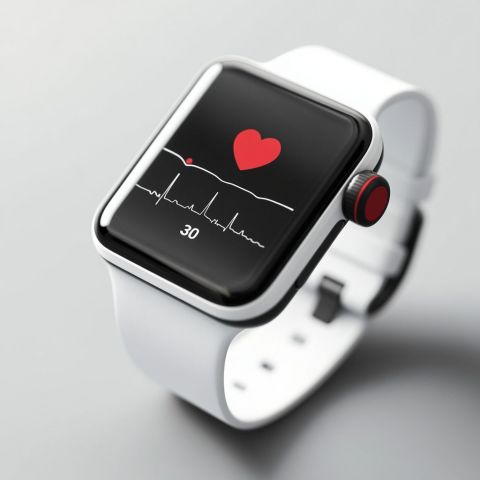Your New Medical Device Should Improve Daily Life

In the fast-paced world of medical device innovation, it's easy to get caught up in the technical intricacies and cutting-edge features. But let's step back for a moment and remember the fundamental truth: your new medical device should improve someone’s day-to-day life, otherwise what’s the point?
At Design Department, this human-centered philosophy isn't just a buzzword; it's the bedrock of our approach to medical device design. We believe that truly impactful medical devices are born from a deep understanding of the individuals who will ultimately use them – both patients and clinicians. Here are some key principles that guide us in crafting effective medical devices:
Seeing is Believing: The Power of Direct Observation in Medical Device Development
Forget static CAD models and simulated scenarios. To truly understand the needs and challenges of your end-users when it comes to medical devices, you need to use your seeing eyes. This means immersing yourselves in their world. Observe actual patients navigating their daily routines with existing medical devices, or watch clinicians interact with similar technologies in their work environment.
This direct observation can reveal invaluable insights that you'd never uncover within the confines of your design studio. You'll witness firsthand how they hold the medical device, the challenges they encounter with its interface, and the subtle frustrations that can significantly impact their experience. Getting prototypes of your medical device into the hands of user groups early is crucial. This iterative feedback loop allows for real-world testing and the identification of design flaws before they become costly oversights in your medical device.
Simplify to Empower: The Importance of Intuitive Interfaces in Medical Devices
In the high-stakes environment of healthcare, complexity in a medical device is the enemy of efficiency and safety. A medical device that’s complex to operate adds frustration and risk. Consider the reality of staff turnover within hospital systems. Each new team member needs to be trained on a multitude of equipment. An unintuitive user interface (UI) in a medical device translates to longer training times and a higher likelihood of unintended use – potentially compromising patient well-being.
Our philosophy is clear: strive for intuitive controls in your medical device that anyone can grasp quickly. A well-designed interface should feel natural and require minimal explanation. By prioritizing clarity and ease of use in our medical device designs, we not only reduce training burdens but also significantly lower the risk of human error, ultimately contributing to better patient outcomes.
Designing with Empathy: Connecting on a Human Level with Medical Devices
It’s easy to view patients and clinicians as data points or abstract users when developing a medical device. But they are so much more. Patients and clinicians alike aren’t lab data; they’re people with fears, hopes, and daily routines, struggles and stressors. Your medical device design needs to acknowledge this fundamental humanity.
This means considering both the aesthetic and ergonomic appeal of your medical device. A product that feels comfortable and looks approachable can significantly impact a patient's willingness to engage with their treatment and a clinician's satisfaction in using it. Human-centered design improves compliance and adoption rates for medical devices. While the impact of this emotional connection might be harder to quantify initially, it will become undeniably apparent as you present your thoughtfully designed medical device to a wider audience.
At Design Department, we believe that by prioritizing observation, simplicity, and empathy in the development of medical devices, we can move beyond simply creating functional tools and instead craft solutions that truly enhance the lives of those who rely on them. Let's design with purpose, let's design medical devices for people.
